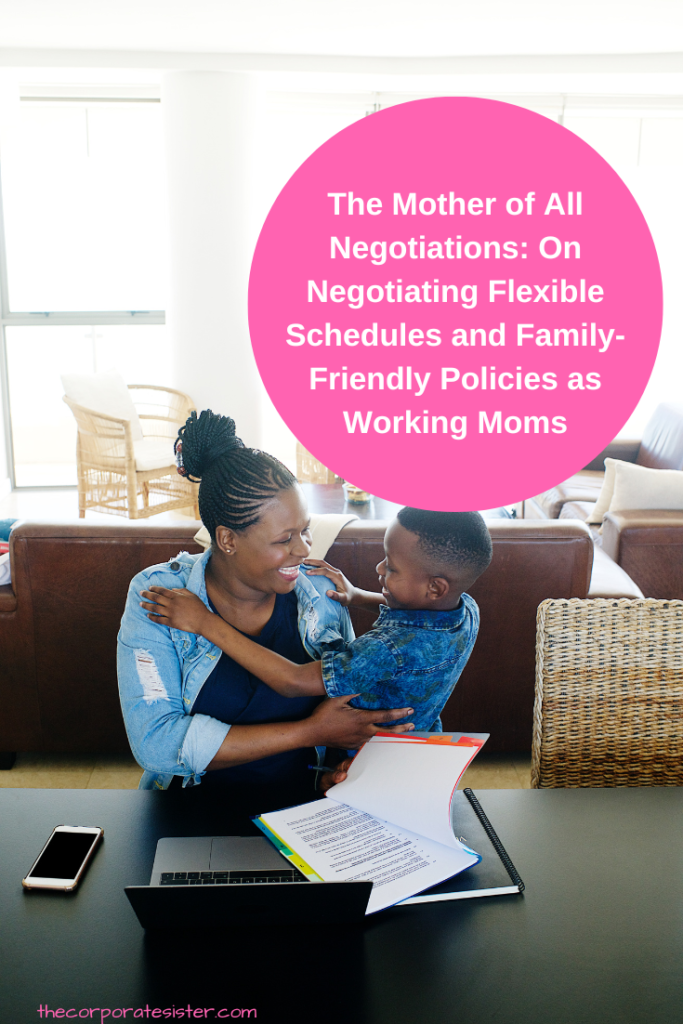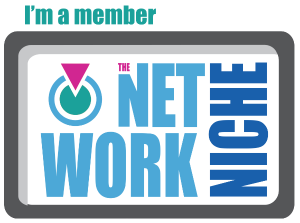As I started my career as a young professional woman, I was barely aware that I could negotiate my salary, let alone anything else. As I became a mother, it didn’t occur to me until a long time that I could negotiate for benefits including flexibility and other family-friendly benefits. While I was too preoccupied with being accepted and valued at work, I did not think I had the room, the authority or the permission
In today’s fast-paced work environment, achieving a work-life balance is crucial, especially for working moms juggling both career and family responsibilities. This is where negotiating flexible schedules and family-friendly policies can significantly improve working moms’ quality of life. For many, the traditional 9-to-5 work model may not align with the demands of parenting, self-care, social relations and life in general.
According to the U.S. Labor Bureau of Statistics, 73% of moms with children under 18 years of age were employed in 2022. Among these, many working mothers are also the breadwinners in their households, as confirmed by data from the Center for American Progress. With such an overwhelming number of mothers in the workforce, the need for family-friendly policies cannot be overstated. As a matter of fact, research clearly shows family friendly policies such as dependent care and leave benefits have a significant positive and moderating effect on work-family conflict created by work demand.
From enabling moms to pick up their children from school, attend doctor’s appointments, or simply spend more quality time with their families, flexible schedules and family-friendly policies allow working mothers to better integrate work and family life. They also help relieve moms of sometimes overwhelming stress from juggling work and family responsibilities, thus also promoting mental well-being. Lastly, they also tend to increase job satisfaction and loyalty, leading to a more committed and productive workforce. This is not to mention promoting gender equality as well, thus contributing to closing the gender gap in the workplace, allowing mothers to progress in their careers while still nurturing their families.

If you’re a working mom looking to negotiate a more flexible work arrangement, here are a few tips that may help:
1. Know Your Needs and Boundaries
Before initiating negotiations, it’s crucial to have a clear understanding of your needs and boundaries.
What type of flexibility do you need? (e.g., remote work, adjusted hours)
How will this benefit both you and your employer?
What are your non-negotiable boundaries?
Having a firm grasp of your requirements will make your negotiation more effective.
2. Research your Company Policies
Familiarize yourself with your company’s policies regarding flexible work arrangements. Some organizations already have guidelines in place you may consult online or through their human resources department. Understanding these policies can help you navigate the negotiation process more effectively.
3. Prepare a Compelling Proposal
Create a well-thought-out proposal that outlines the benefits of a flexible schedule. Consider how it will positively impact your productivity, work-life balance, and job satisfaction. Use data and examples to support your case.
4. Highlight Your Performance
Emphasize your track record of delivering results. Make it clear that your request for flexibility won’t compromise your ability to meet work objectives. Demonstrate your commitment to maintaining or even enhancing your performance.
5. Suggest Solutions to Potential Concerns
Anticipate and address any potential concerns your employer may have. For instance, if your request is for remote work, propose solutions for maintaining effective communication and collaboration with your team. Show that you’ve thought through the practicalities.
6. Initiate the Conversation Professionally
Arrange a meeting with your supervisor to discuss your proposal. Approach the conversation professionally and non-confrontationally. Express your desire to find a solution that benefits both you and the organization.
7. Be open!
During the negotiation, actively listen to your employer’s perspective. Be open to compromises or adjustments based on their feedback. Flexibility should be a two-way street.
8. Propose a Trial Period
To ease your employer’s concerns, propose a trial period for the flexible schedule. This allows both parties to test the arrangement and make adjustments if necessary. It also provides an opportunity to demonstrate its effectiveness.
9. Be Aware of your Legal Rights
Familiarize yourself with local labor laws and regulations regarding flexible work arrangements. Knowing your rights can help ensure that your negotiated agreement aligns with legal standards and protections.
10. Document the Agreement
Once you and your employer reach an agreement, make sure it’s documented in writing. Include all the terms and conditions of your flexible schedule, ensuring clarity for both parties.
In addition to flexible schedules, you may also negotiate family-friendly policies to better support you as a working mom. Here are some tips as you prepare to get to the negotiation table:
1. Know the Available Benefits
Research the family-friendly benefits offered by your organization. These may include maternity and paternity leave, childcare support, lactation rooms, or flexible spending accounts for dependent care.
2. Highlight the Benefits for the Company
When negotiating family-friendly policies, emphasize how these benefits can positively impact the company. For example, shorter maternity leave may lead to quicker return to work and reduced turnover.
3. Connect with your Peers
Talk to colleagues who have successfully negotiated family-friendly policies. They can offer insights, share their experiences, and provide guidance on the negotiation process.
4. Align with the Company Culture
Frame your request in a way that aligns with your company’s values and culture. Emphasize how these policies can contribute to a more inclusive and supportive workplace.
5. Consider a Personal Support System
If possible, involve HR or a mentor in the negotiation process. Having a support system can help ensure that your needs are heard and addressed effectively.
6. Negotiate Flexibility Within Policies
While some family-friendly policies may be standard, there may be room for negotiation within these policies. For example, if your company offers childcare support, negotiate the flexibility to choose the childcare provider that best suits your family’s needs.
7. Stay Informed About any potential Changes
Be aware of any changes or updates to family-friendly policies within your organization. This can help you stay current and take advantage of new opportunities.
8. Document Policy Agreements
Just like with flexible schedules, ensure that any agreements related to family-friendly policies are documented in writing. This creates a clear record of what was negotiated and agreed upon.
Negotiating flexible schedules and family-friendly policies as a working With effective strategies, you can navigate the negotiation process effectively and create a work environment that supports your needs as both a dedicated professional and a loving parent.
Are you negotiating family-friendly policies and flexible work arrangements as a working mom?
The Corporate Sis.







